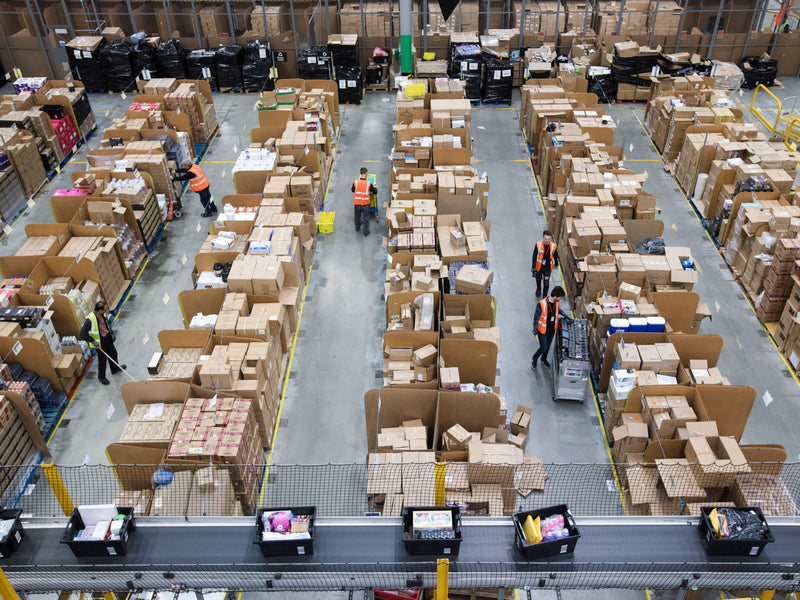eCommerce supply chains have reached a tipping point. Cross-border expansion, volatile freight costs, and the demand for faster delivery have exposed the limitations of traditional warehousing contracts. Brands that once relied on a single third-party logistics provider now juggle multiple 3PLs, freight forwarders, and carrier integrations. Managing that complexity in-house is expensive and distracts teams from growth.
Fourth-party logistics (4PL) providers have emerged as the orchestration layer that turns fragmented operations into a unified, data-driven network. Market analysts project global 4PL spend to climb from roughly USD 66 billion in 2024 to more than USD 112 billion by 2032, a compound annual growth rate above six percent consegicbusinessintelligence.com. North America remains the largest adopter, but Asia-Pacific is set to grow fastest as brands race to match consumer expectations for cost-effective, rapid fulfilment Yahoo Finance. The message is clear: the future of scalable eCommerce runs through 4PL logistics.
Why Brands Are Moving Beyond 3PL Models
Traditional 3PLs focus on storage and pick-and-pack. They are vital, but they only control one slice of the journey. As soon as a brand adds a new sales channel, enters a second region, or negotiates multiple courier contracts, operational oversight becomes murky. Fragmentation drives four key pain points: rising per-unit costs, inconsistent service levels, poor inventory visibility, and slow response to market shocks.
A 4PL sits above individual providers and owns end-to-end decision making. It consolidates freight, negotiates courier contracts, and plugs every node into a single data stack. McKinsey’s latest consumer trends report notes that speed, reliability, and simple returns have moved from nice-to-have features to baseline expectations McKinsey & Company. Meeting those standards without a strategic control tower is almost impossible.
How 4PLs Create Strategic Advantage
Cost leverage
A 4PL pools the volume of multiple brands when tendering freight and last-mile contracts, unlocking rates no single shipper could secure alone. Global 4PL studies show savings of five to fifteen percent on outbound freight within the first contract cycle Business Wire.
Data integration
Best-in-class 4PLs unify order, inventory, freight, and carrier data in real time. This eliminates blind spots, powers accurate demand planning, and lets finance teams model landed cost down to the SKU. Gartner highlights integrated WMS and OMS platforms as a defining trait of high-performing fulfilment networks Gartner.
Resilience and speed to pivot
When geopolitical events, strikes, or weather disrupt a node, a 4PL can reroute stock through alternative facilities or carriers without renegotiating contracts brand by brand. This agility proved critical during the tariff swings and parcel hub disruptions of 2024, keeping order accuracy high while competitors missed SLAs.
What Tomorrow’s 4PL Will Look Like
Technology-first operations
Robotics, automated sortation, and AI-based labour planning are quickly moving from pilots to everyday tools. Providers investing in advanced WMS platforms and connected control towers outperform peers on both cost and accuracy McKinsey & Company.
Sustainability and compliance by design
Regulation such as the UK’s Extended Producer Responsibility mandates granular packaging reporting. Leading 4PLs capture data at the order level and feed it straight into client dashboards, reducing manual admin and risk. Analysts expect sustainability metrics to make up as much as thirty percent of procurement scoring by 2026 Business Wire.
Dynamic, multi-node networks
Near-shoring and duty-deferred sites let brands hold stock closer to customers while postponing import tax until an order is placed. NTT Data’s recent 3PL survey found more than seventy percent of shippers plan to position inventory across at least two regions by 2025 Yahoo Finance. A mature 4PL already operates bonded facilities and can shift inventory between nodes based on real-time demand.
Conclusion: Build for Orchestration, Not Just Outsourcing
The eCommerce winners of the next decade will treat logistics as a strategic platform, not a back-office expense. Fourth-party logistics offers the buying power, data visibility, and network flexibility needed to keep margin healthy while exceeding customer expectations. If your brand is juggling providers, battling hidden fees, or struggling to scale internationally, a 4PL framework may be the most direct route to profitable growth.
eComplete has deployed 4PL operating models across beauty, wellness, and lifestyle brands, delivering measurable savings and faster global expansion. Our team benchmarks every fee line, integrates best-fit partners, and provides a single source of truth for supply chain performance. Ready to explore how orchestration can unlock your next stage of growth? We are here to help.



